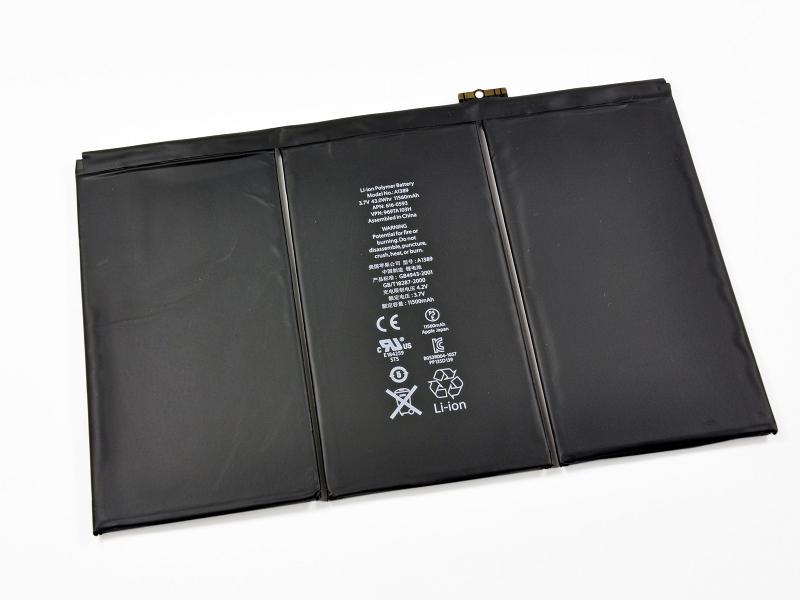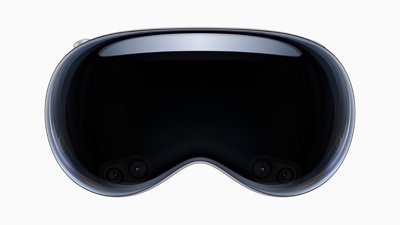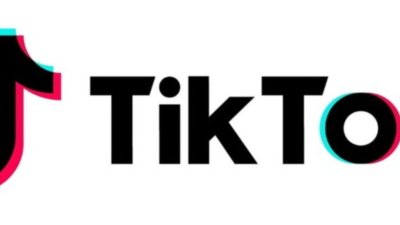Apple's new iPad estimated to cost $1.36 per year to charge
According to a study from the Electric Power Research Institute (EPRI), an independent non-profit organization focusing on electricity research and development, Apple's new iPad and devices like it could help lower the high power consumption seen as a result of the Information Age, reports the Associated Press.
As smartphones and tablets become more popular and accessible, the EPRI wondered if the flood of new devices was having a negative impact on power consumption. What the group found was that charging a device once every other day from full discharge costs mere pennies per day, a dramatic reduction from large electronics like HDTVs and PCs.
Testing pitted a variety of Apple's mobile products including the overwhelmingly popular iPad, which has sold over 67 million copies as of April, against other household appliances to project energy use in a "post-PC" era.
“As information technologies continue to change rapidly we see important implications for energy consumption,†said EPRI Vice President of Power Delivery and Utilization Mark McGranaghan. “These results raise important questions about how the shifting reliance from desktop to laptop to mobile devices will change energy use and electricity requirements for the information age. "
The third-generation iPad's 11,560mAh battery. | Source: iFixit
Calculations show that the average energy load of all iPads in the market comes to about 590 gigawatt hours per year and if the number of iPads tripled over the next two years the electricity needed could be handled by two 250-megawatt power stations running at 50 percent.
The third-generation iPad, which sports a high-capacity 42.5-watt-hour battery, uses less 11.86 kilowatt hours of electricity over a one year period, a stark contrast to 42†plasma television which consumes 358 kWh. An average laptop consumes 72.3 kWh while a 60-watt CFL light bulb eats about 14 kWh, costing an average $8.31 and $1.61 a year, respectively. Cost will obviously vary by location but for reference the EPRI experiment was conducted in Knoxville, Tenn.
With a weak economy driving more people to energy-efficient devices, the U.S. government expects residential power demand to fall for the third straight year. As devices get smaller and the components more efficient, energy costs are likely to decrease in the coming years especially with more users moving away from PCs to more portable options like the iPad.
 Mikey Campbell
Mikey Campbell











 Marko Zivkovic
Marko Zivkovic
 William Gallagher
William Gallagher
 Andrew Orr
Andrew Orr



 Amber Neely
Amber Neely
 Christine McKee
Christine McKee




